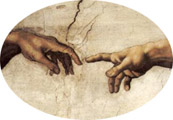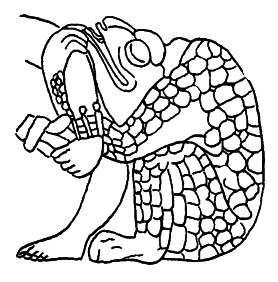仮面とマスクの人類学入門
Introduction to
Anthropology of Masked Identities
仮面とマスクの人類学入門
Introduction to
Anthropology of Masked Identities
Anthropologyo of masks, Anthropology
of Masked Identities..
当初このページは「仮面の人類学」と称していましたが、仮面とマスクの人類学入門に変えました。英語では、コロナ予防に身に着けるマスクと、仮面のマスク
はおなじ用語なのですが、日本語では「コロナ予防のために君は仮面をつけなさい(put on a mask against corona
virus)」といわず「コロナ予防のために君はマスクをつけなさい(put on a mask against corona virus)」と区別していいます。英語の部分をみてください。同じ表現ですね。
マスクの定義→"A mask is an object normally worn on the face, typically for protection, disguise, performance, or entertainment. Masks have been used since antiquity for both ceremonial and practical purposes, as well as in the performing arts and for entertainment. They are usually worn on the face, although they may also be positioned for effect elsewhere on the wearer's body./ More generally in art history, especially sculpture, "mask" is the term for a face without a body that is not modelled in the round (which would make it a "head"), but for example appears in low relief."- mask
「マスクは、通常、保護、変装、パフォーマンス、娯楽のために顔に着用するものである。マス
クは古代から、儀式や実用的な目的だけでなく、芸能や娯楽のためにも使われてきた。より一般的には、美術史、特に彫刻史において、「マスク」とは、丸く
(「頭部」となる)モデル化されたものではなく、例えば低い浮き彫りにされた、身体のない顔を指す言葉である。」
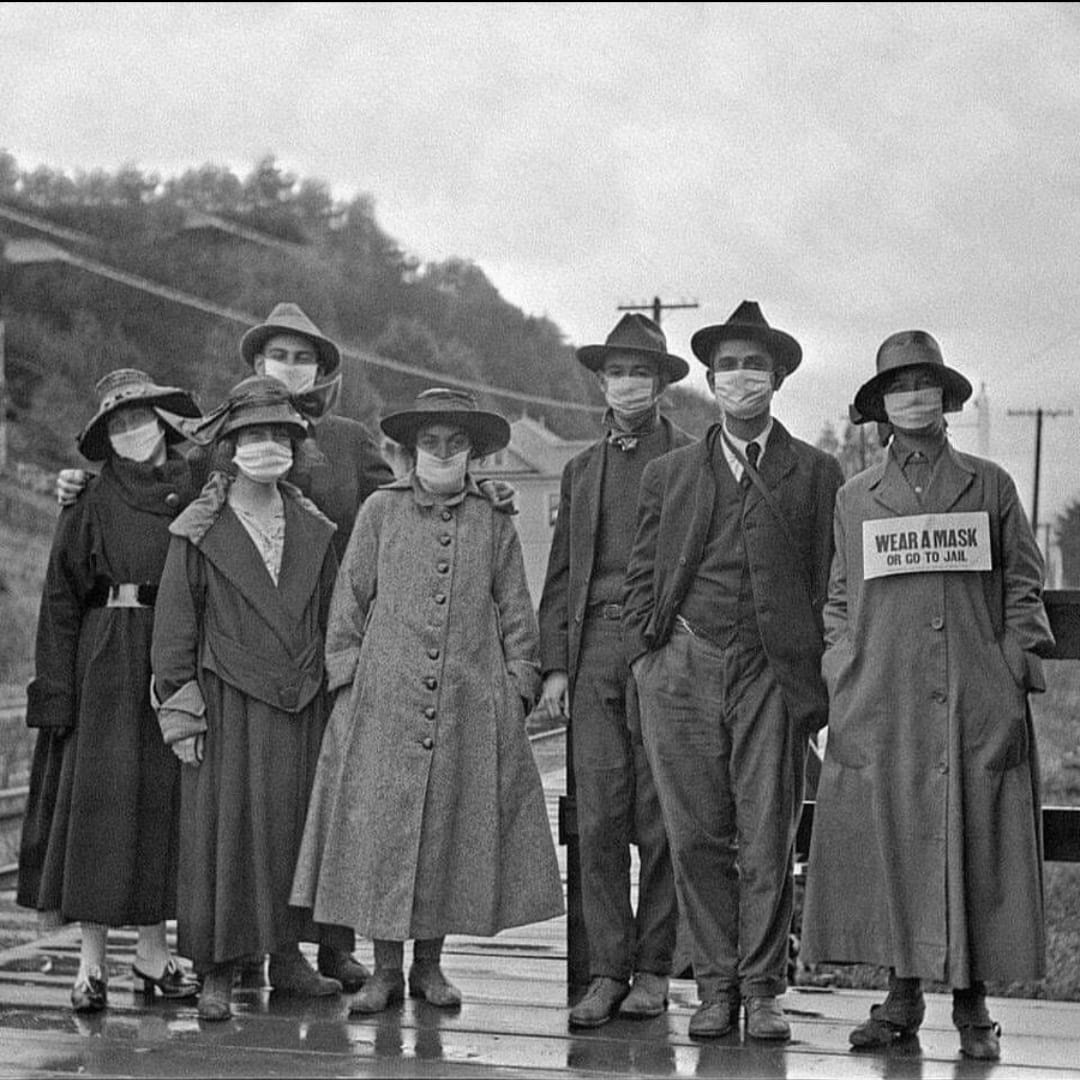 |
wear a mask or go
to jail.. (at the time of 1918 spanish flu ); "The Spanish flu, also known as the 1918 influenza pandemic, was an unusually deadly influenza pandemic caused by the H1N1 influenza A virus. Lasting from February 1918 to April 1920, it infected 500 million people – about a third of the world's population at the time – in four successive waves. The death toll is typically estimated to have been somewhere between 20 million and 50 million, although estimates range from a conservative 17 million to a possible high of 100 million, making it one of the deadliest pandemics in human history."-The Spanish flu. History’s deadliest pandemics, from ancient Rome to modern America- The Washington Post. 病気の文明史, Global History of Health and Disease by Mitzub'ixi Qu'q Ch'ij |
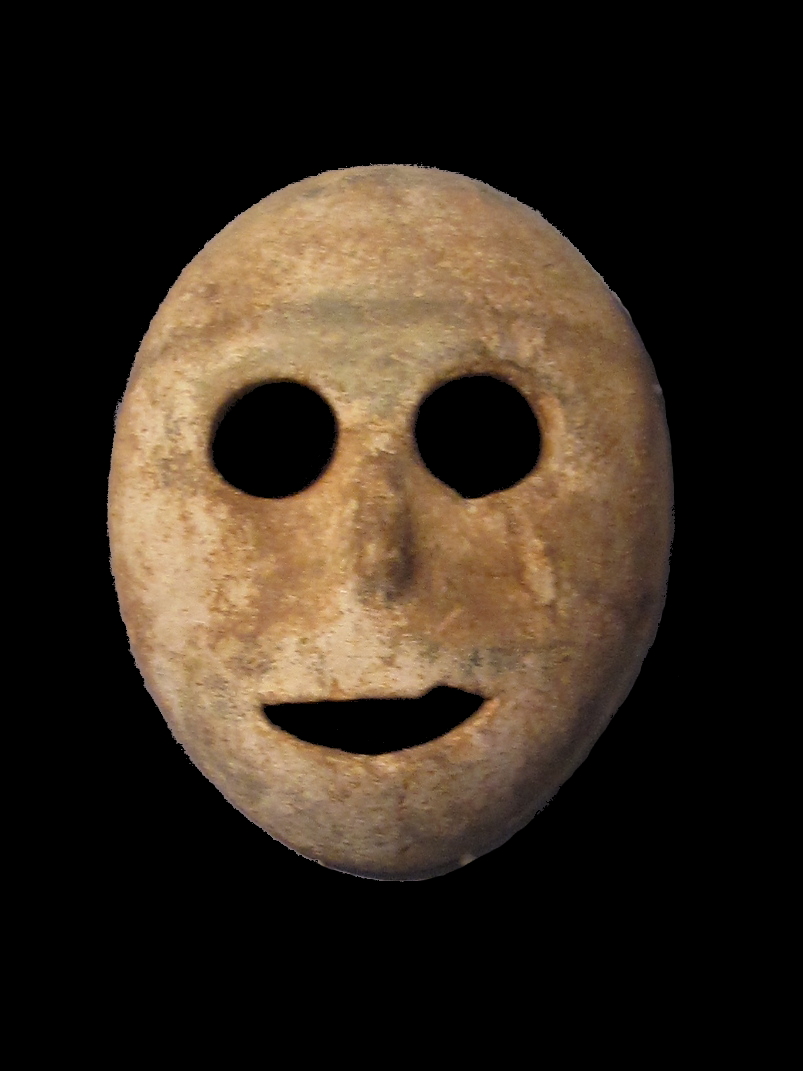 |
This stone mask from the
pre-ceramic Neolithic period dates to 7000 BC and is probably the
oldest surviving mask in the world (Musée "Bible et Terre Sainte").
(wide 560px) all are collected from https://en.wikipedia.org/wiki/Mask |
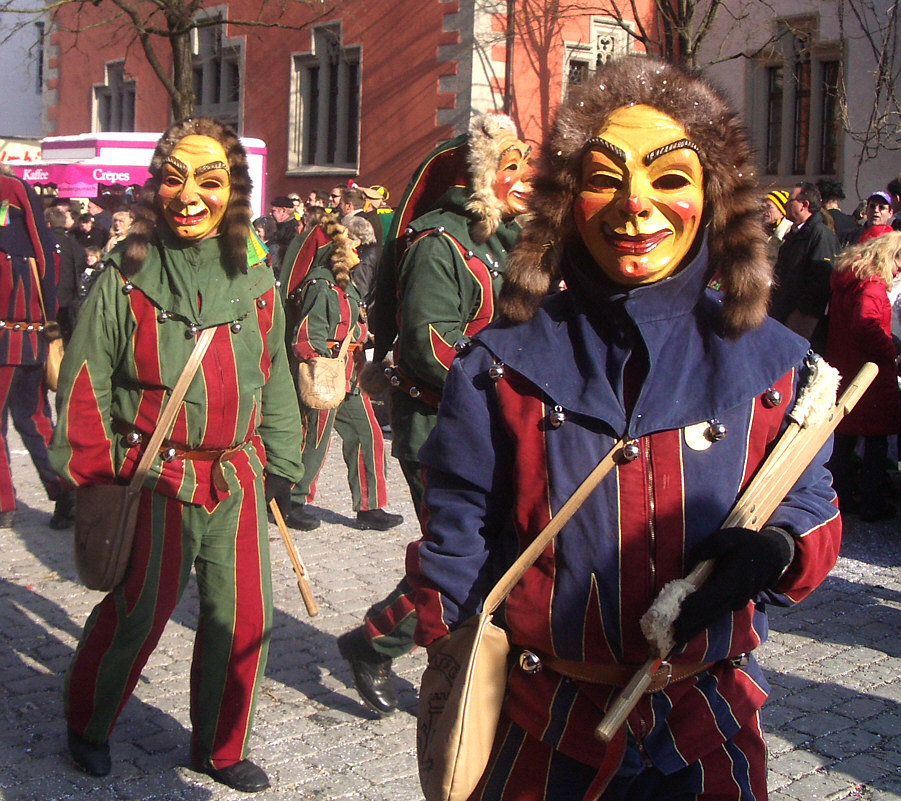 |
Papierkrattler masks at the
Narrensprung 2005 Carnival parade, Ravensburg, Germany Collected from https://en.wikipedia.org/wiki/Mask |
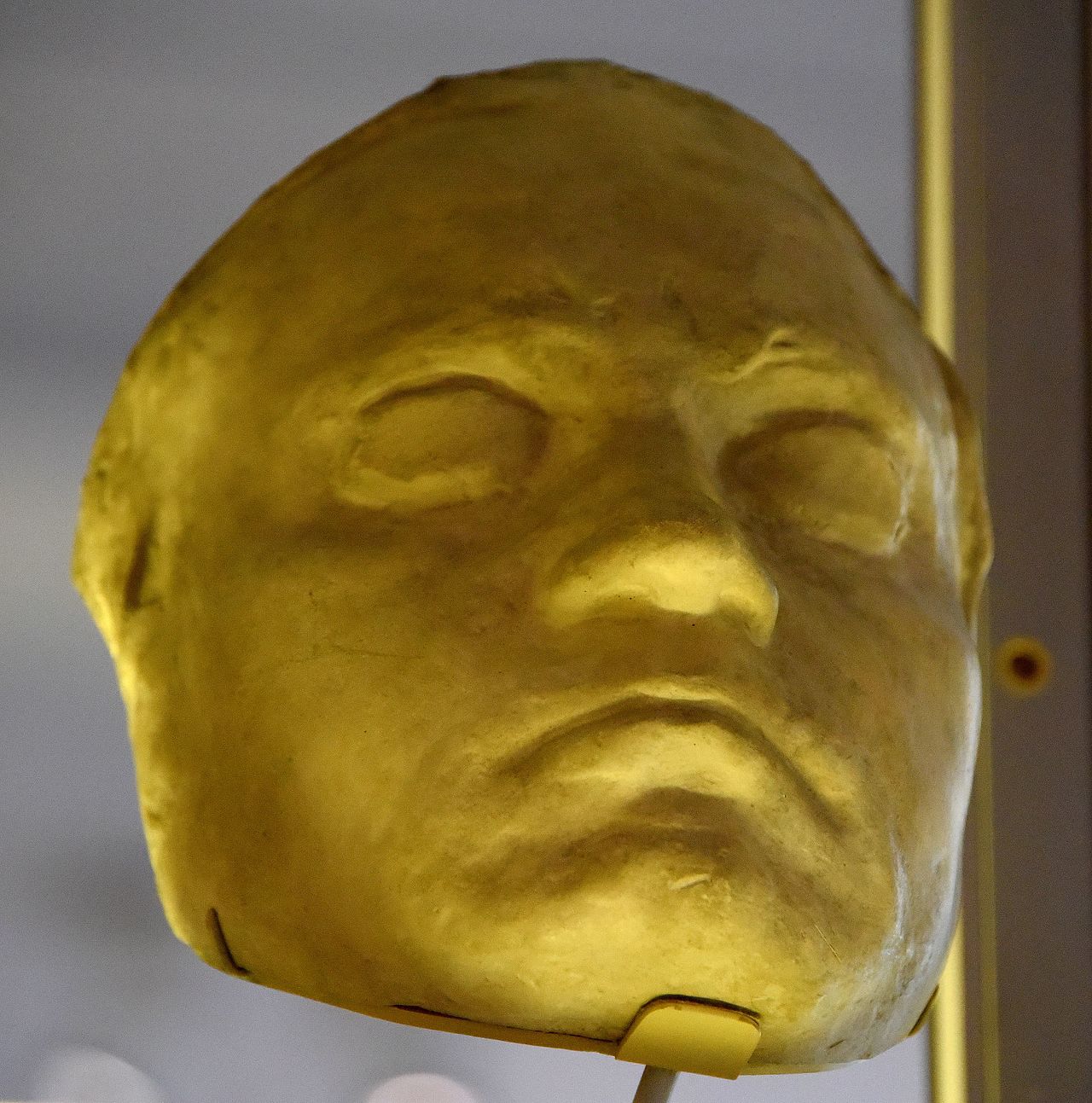 |
Life mask of Ludwig van
Beethoven, c. 1812 CE. The Wellcome Collection, London Collected from https://en.wikipedia.org/wiki/Mask |
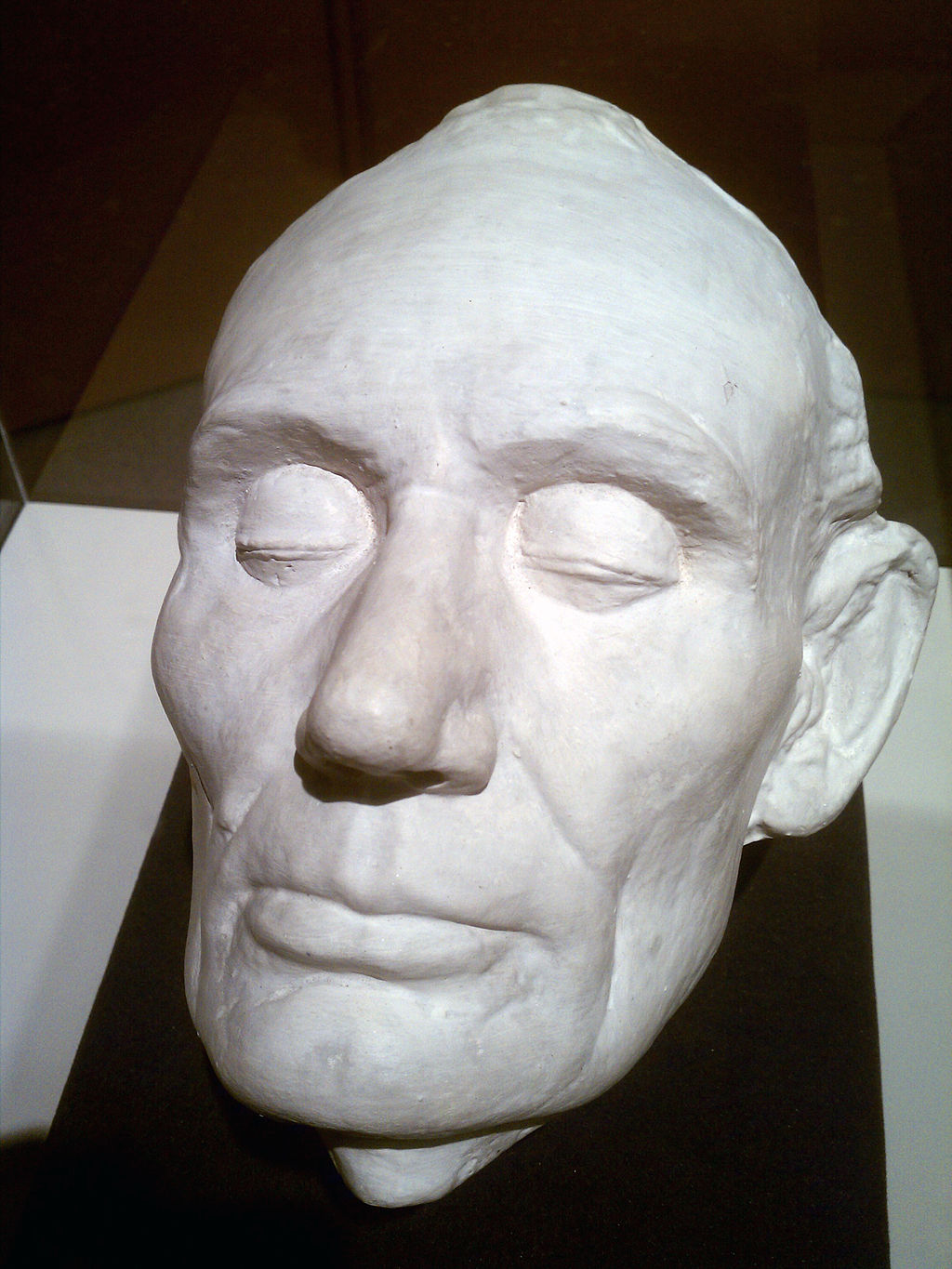 |
Life mask of Abraham Lincoln by
Leonard Volk in 1860. Collected from https://en.wikipedia.org/wiki/Mask |
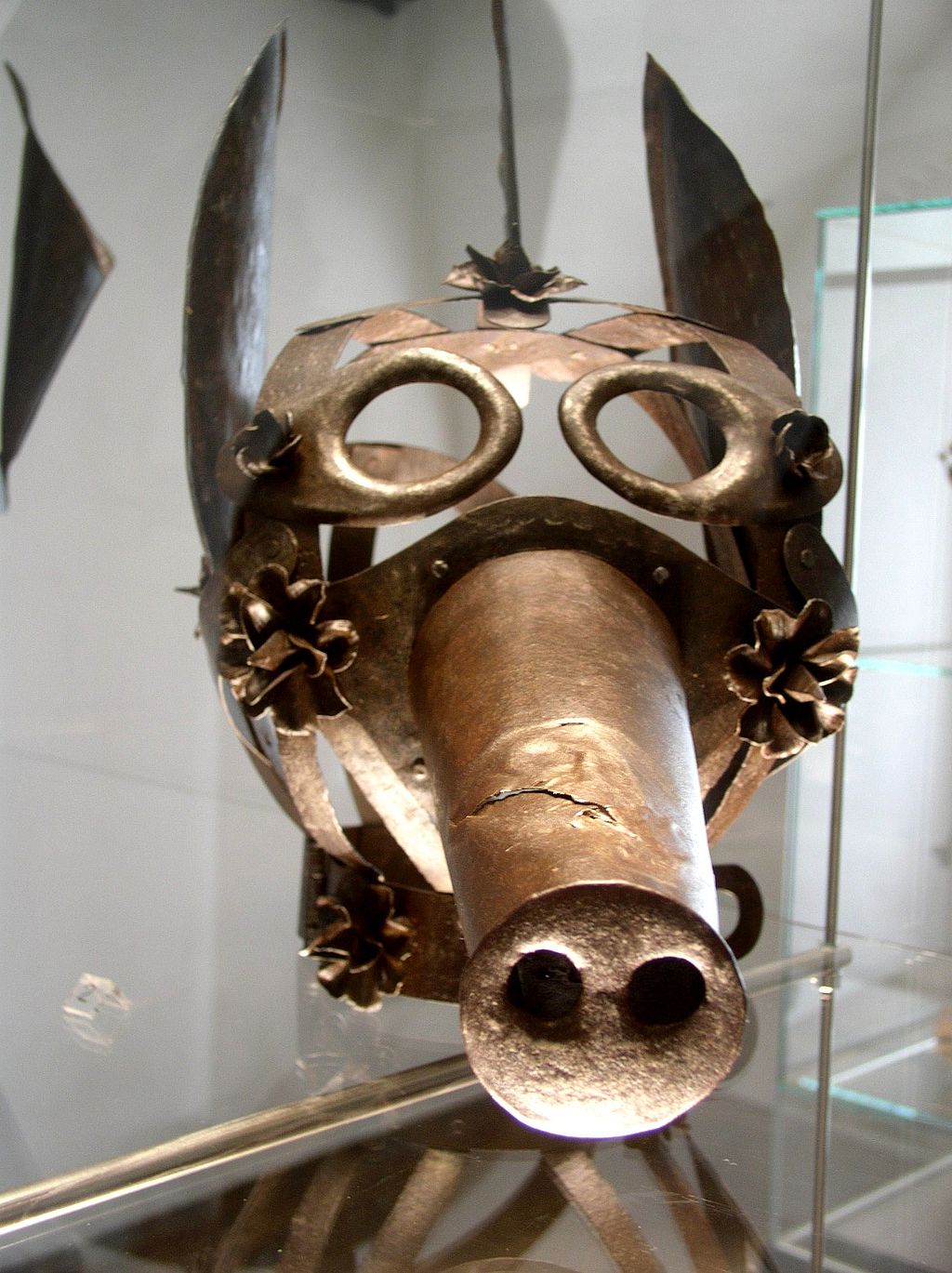 |
A medieval "Mask of Shame". Collected from https://en.wikipedia.org/wiki/Mask |
 |
Members of Anonymous wear Guy
Fawkes masks while protesting against the Church of Scientology. 2008,
London. Collected from https://en.wikipedia.org/wiki/Mask |
 |
An American footballer wearing a
mask that protects his face from another player's hand. Collected from https://en.wikipedia.org/wiki/Mask |
 |
A rib knit three-hole balaclava
allows the wearer to protect the face against cold air or hinder
recognition. Collected from https://en.wikipedia.org/wiki/Mask |
 |
Protective reusable filter mask
worn by NYPD officer Collected from https://en.wikipedia.org/wiki/Mask |
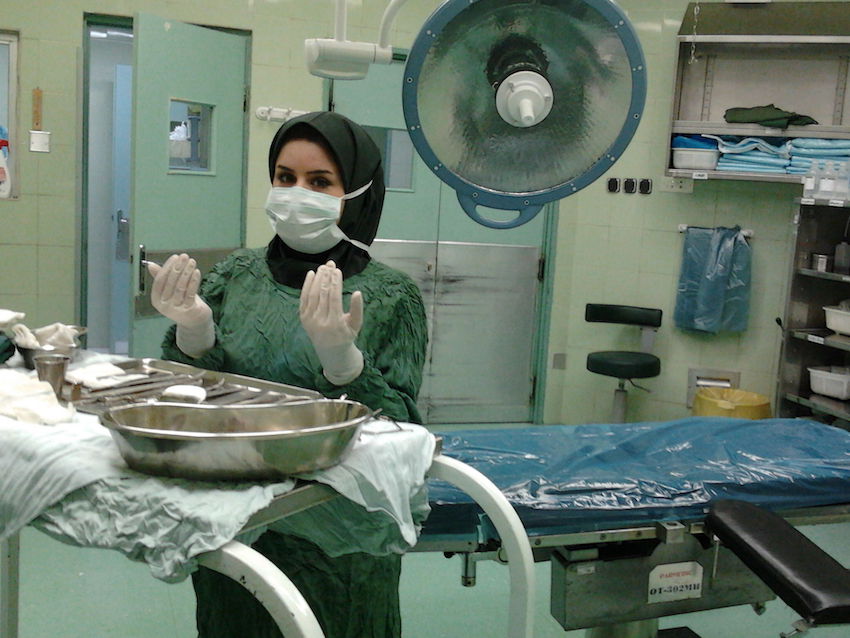 |
Iranian surgical technologist with surgical mask Collected from https://en.wikipedia.org/wiki/Mask |
 |
President Tsai Ing-wen wearing a mask (April 2020) X560px Collected from https://en.wikipedia.org/wiki/Mask |
 |
Three pictures of the same
female noh mask showing how the expression changes with a tilting of
the head. In these pictures, the mask was affixed to a wall with
constant lighting, and only the camera moved. Collected from https://en.wikipedia.org/wiki/Mask |
 |
Dance Mask (Takü), 20th century,
Brooklyn Museum; These full-body masks are worn for the mourning, or
ónyo ("weeping"), ceremony, a multi-day ritual held approximately a
year after an individual's death. "The Pamí’wa, commonly referred to as the Cubeo, live in the present-day countries of Colombia and Brazil and are known for elaborate dance masks made of painted bark cloth. These full-body masks are worn for the mourning, or ónyo (“weeping”), ceremony, a multiday ritual held approximately a year after an individual’s death. The masks represent the spirits of primordial animals who were created by the deity Kúwai at the beginning of time and were prototypes for real species. Made and worn by men, the masks do not come alive until they are danced, thereby creating a connection between ancestral and present-day worlds. Geometric designs are more common on such masks (see nearby photographs) than the snakes depicted here, which may represent the spirit Ala, a venomous viper." - https://www.brooklynmuseum.org/opencollection/objects/78556 |
 |
Masked dancers at the Wangdue Phodrang tshechu |
Drametse Ngacham (Bhutanese Masked Dance) |
|
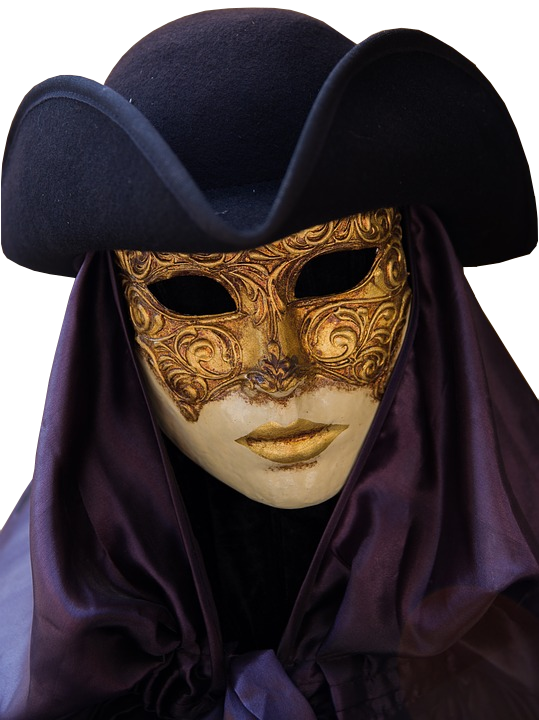 |
A Venetian carnival mask Collected from https://en.wikipedia.org/wiki/Mask |
 |
Meteņi mumming group (Budēļi,
Buduļi or Būduļi) of Zemgale and Courland regions in Latvia, 2016 Collected from https://en.wikipedia.org/wiki/Mask |
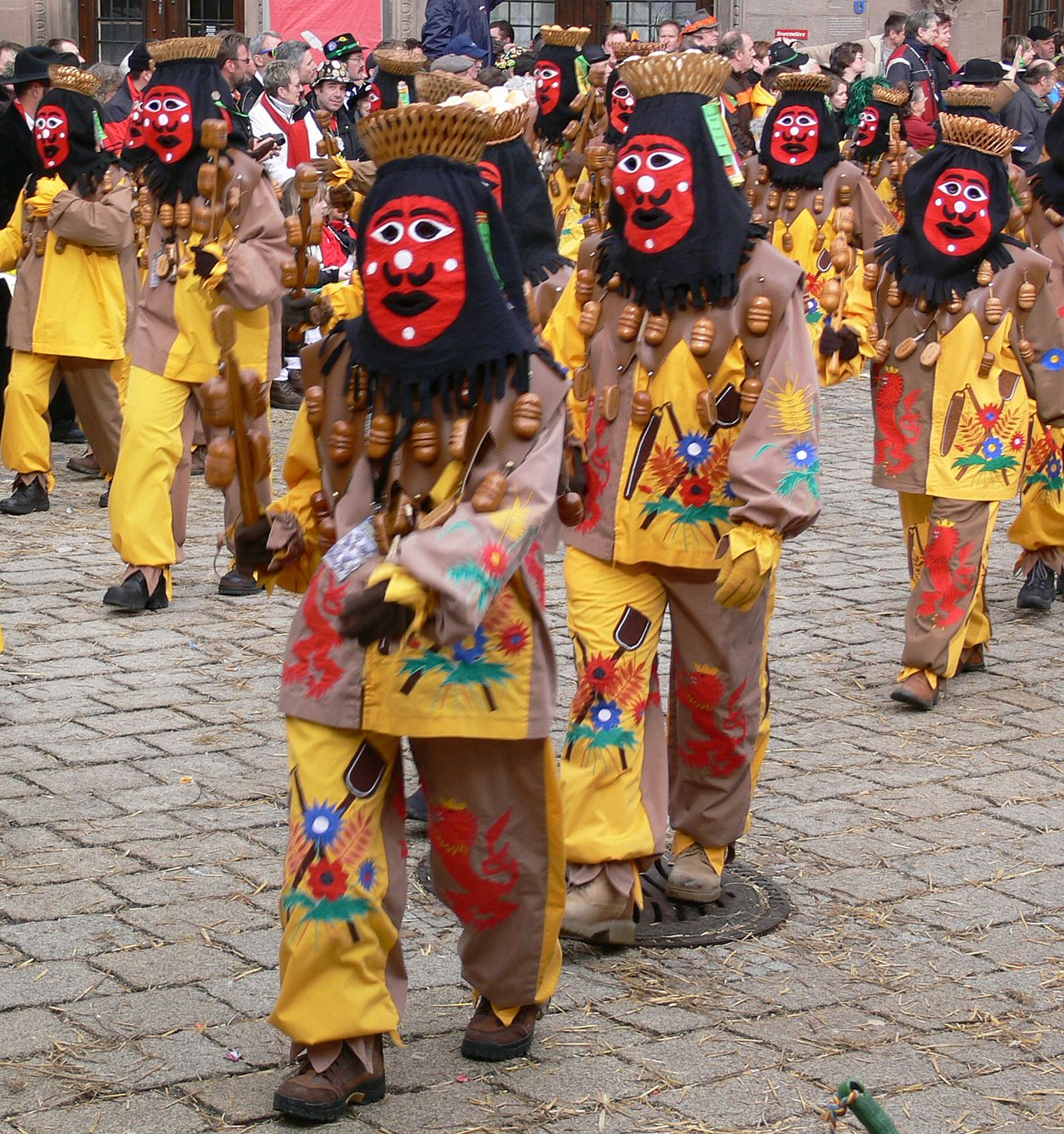 |
Fools Meeting or Parade,
Messkirch, Germany Collected from https://en.wikipedia.org/wiki/Mask |
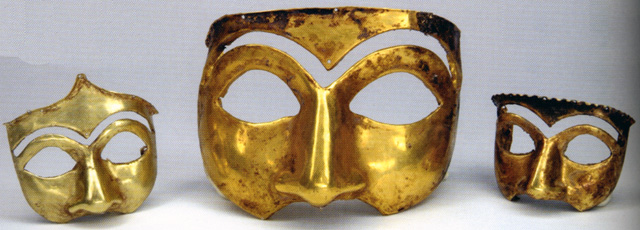 |
Golden masks excavated in
Kalmakareh, Lorestan, Iran. First half of first Millennium BC. National
Museum of Iran. Collected from https://en.wikipedia.org/wiki/Mask |
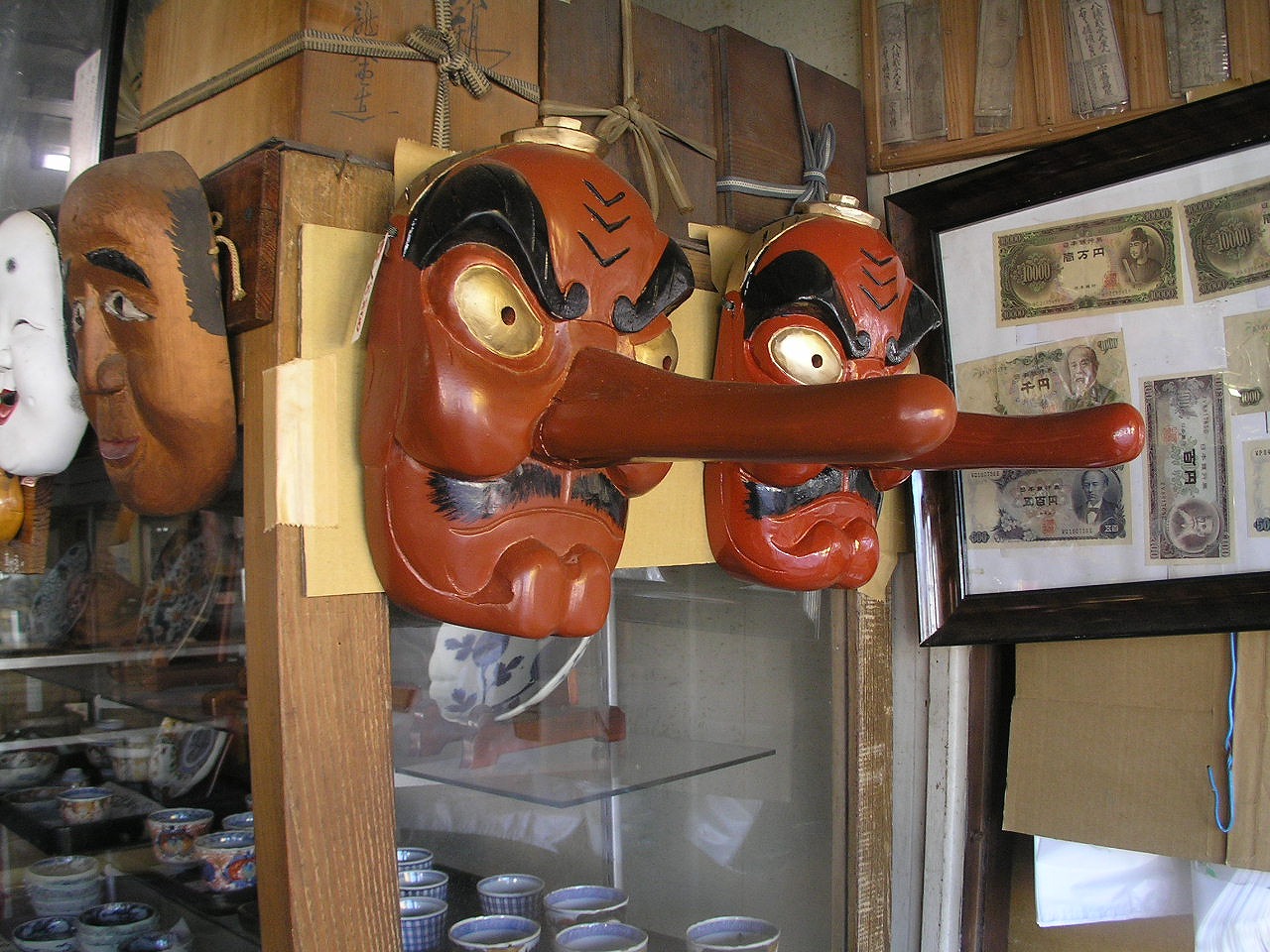 |
Mask of Tengu Collected from https://en.wikipedia.org/wiki/Mask |
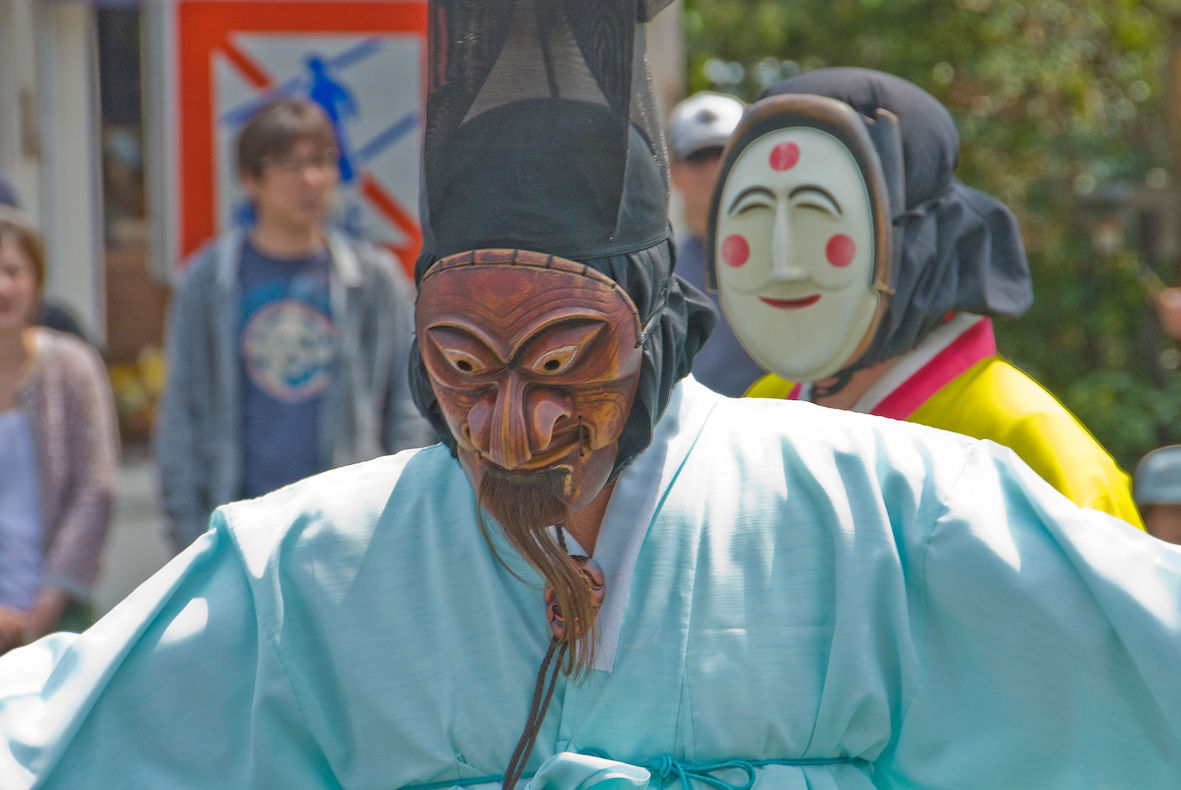 |
A Korean mask worn by a Talchum
performer Collected from https://en.wikipedia.org/wiki/Mask |
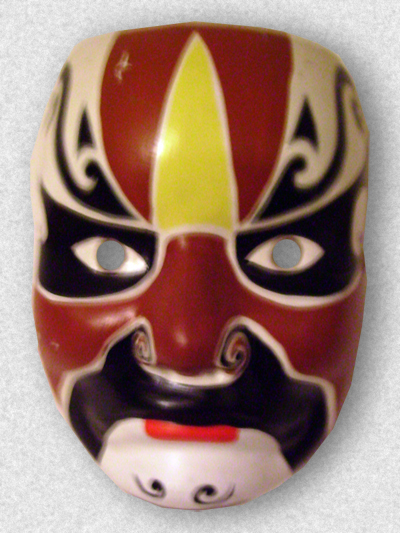 |
A Peking opera mask Collected from https://en.wikipedia.org/wiki/Mask |
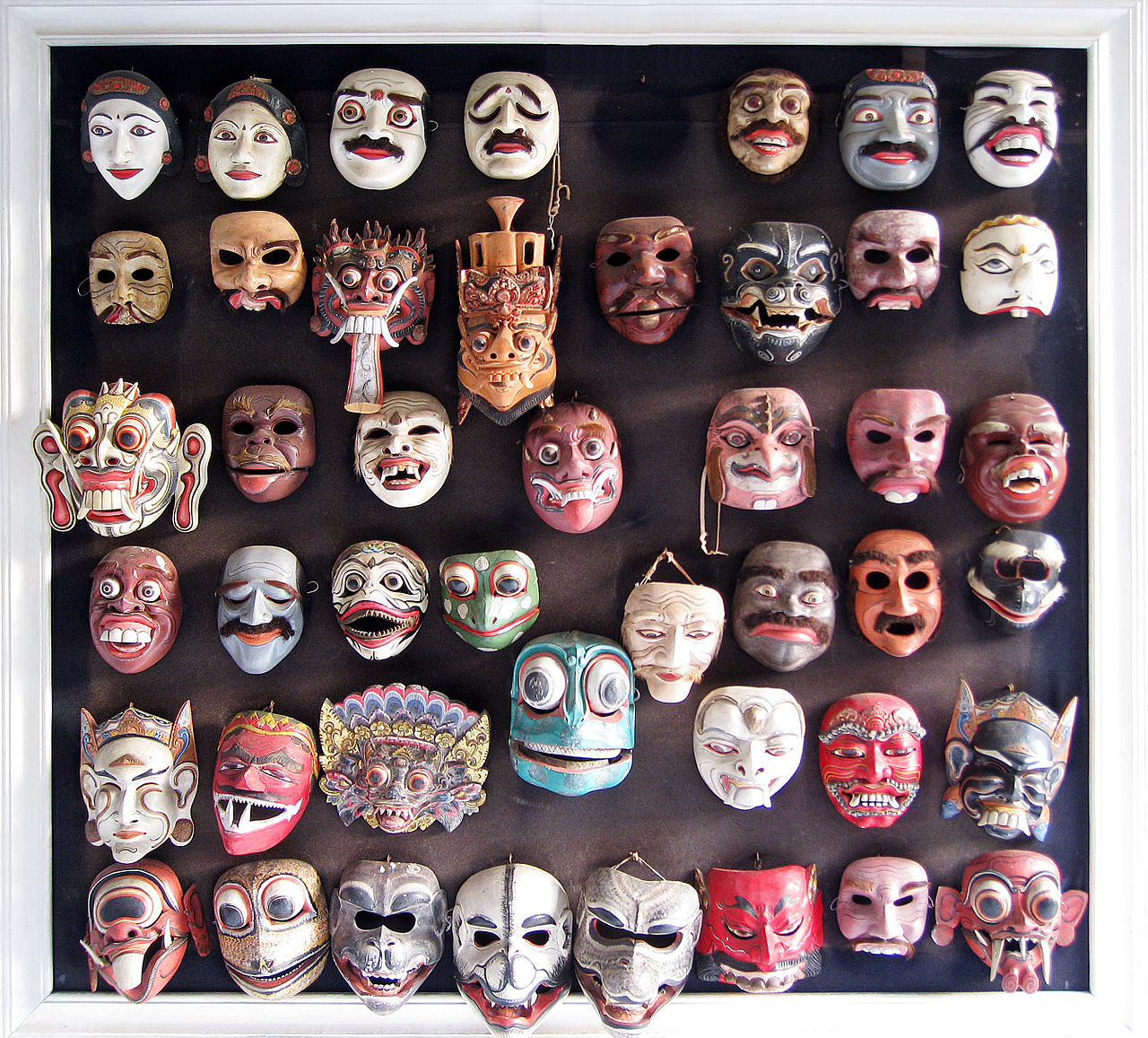 |
Various Balinese topeng dance
masks. Collected from https://en.wikipedia.org/wiki/Mask |
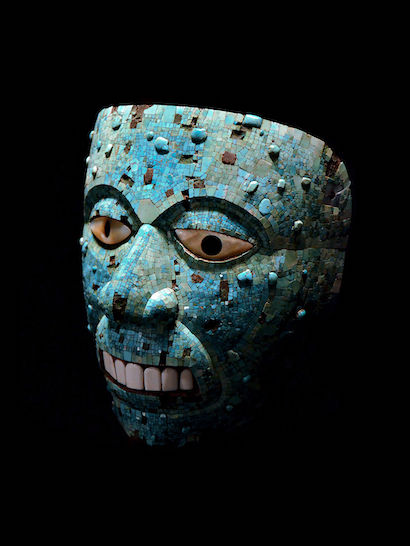 |
Aztec mask of Xiuhtecuhtli, c.
1500, of Mixtec-Aztec provenance Collected from https://en.wikipedia.org/wiki/Mask |
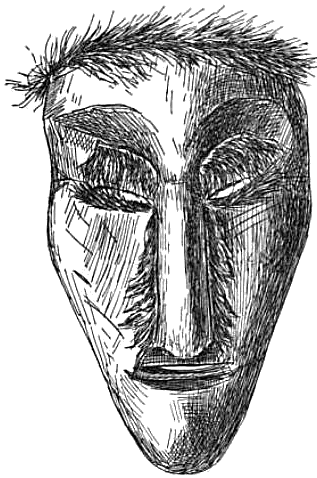 |
A Cherokee ceremonial mask made of wood. Collected from https://en.wikipedia.org/wiki/Mask |
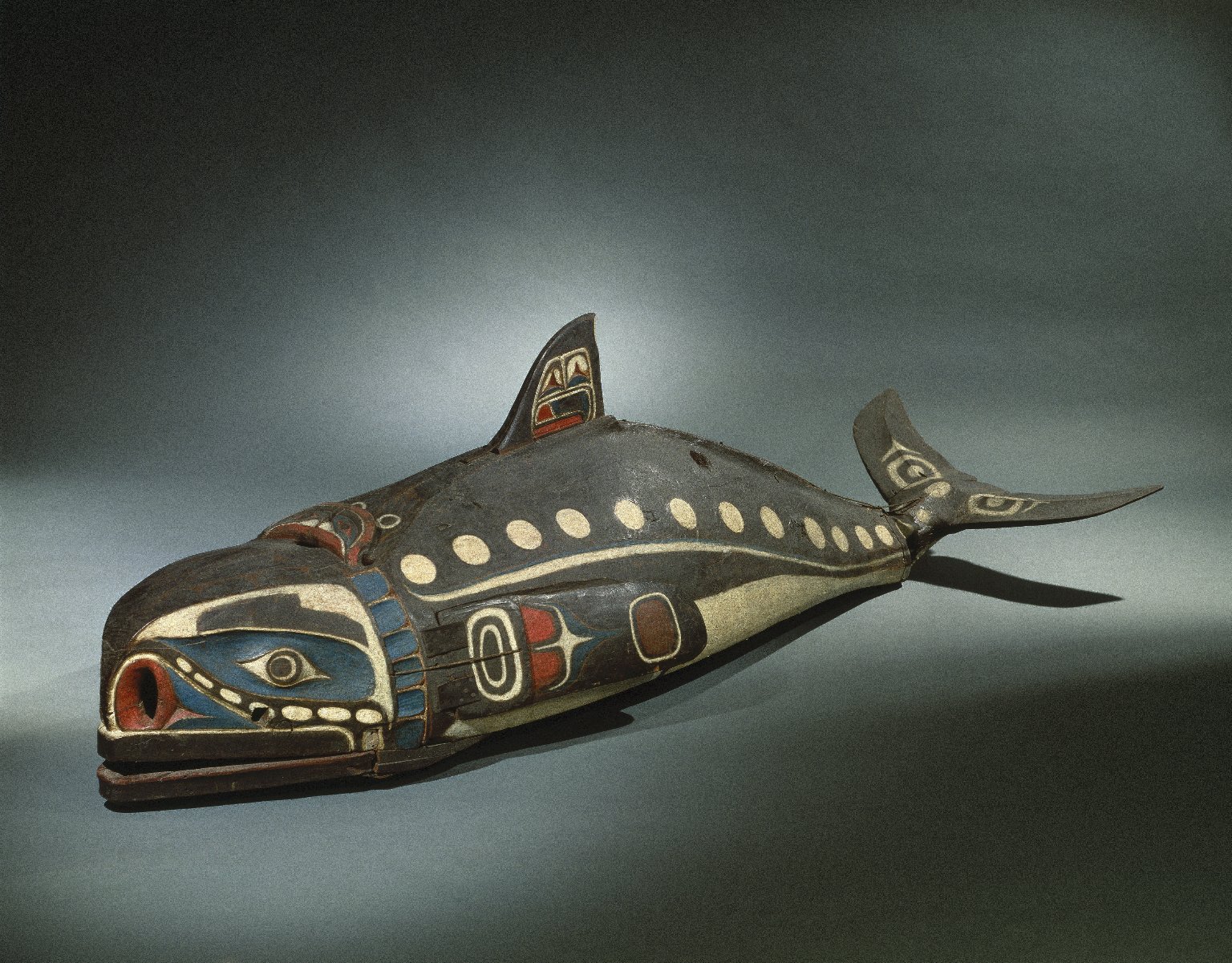 |
Kwakwaka'wakw, Baleen Whale
Mask, 19th century, Brooklyn Museum Collected from https://en.wikipedia.org/wiki/Mask |
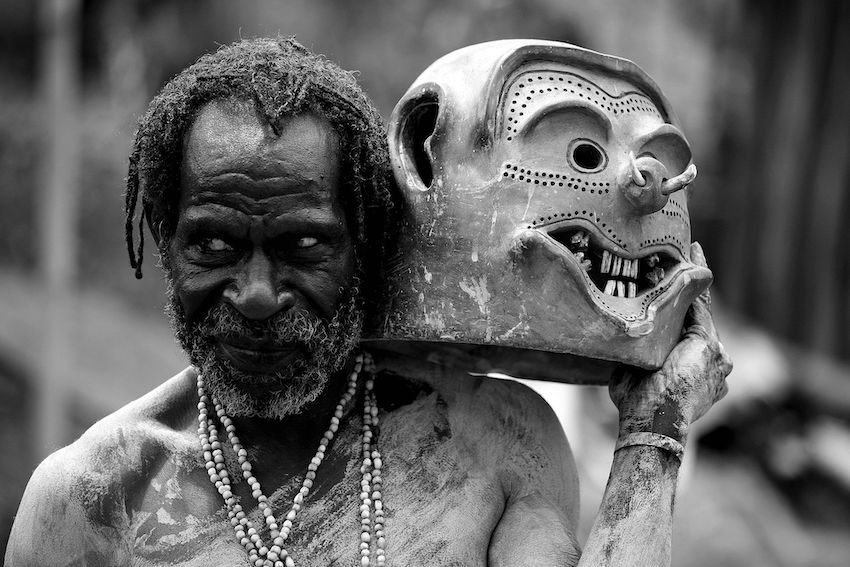 |
Asaro mudman holding mask, Papua
New Guinea Collected from https://en.wikipedia.org/wiki/Mask |
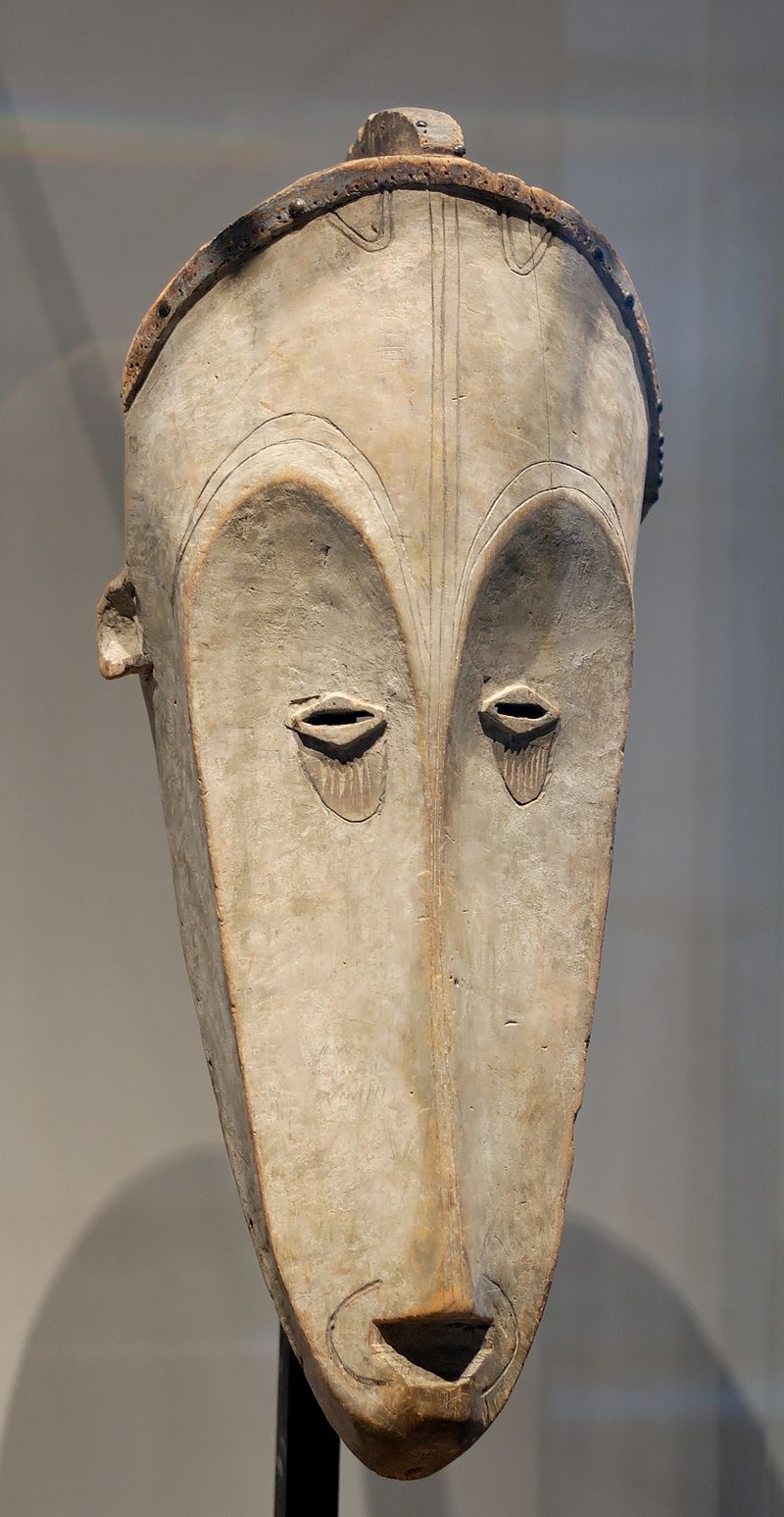 |
Fang mask used for the ngil
ceremony, an inquisitorial search for sorcerers. Wood, Gabon, 19th
century. Collected from https://en.wikipedia.org/wiki/Mask |
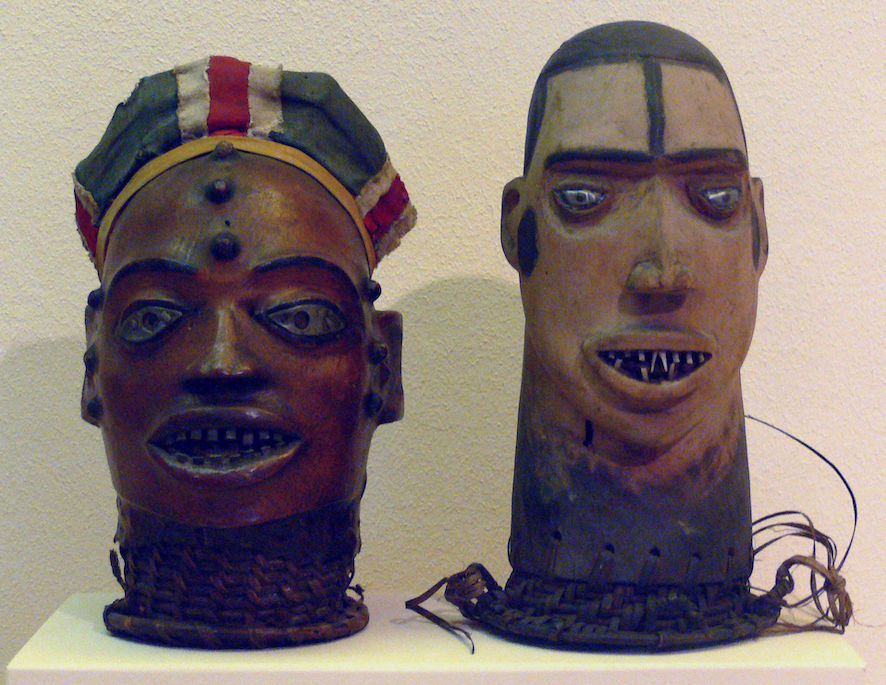 |
Masks of Cameroon Collected from https://en.wikipedia.org/wiki/Mask |
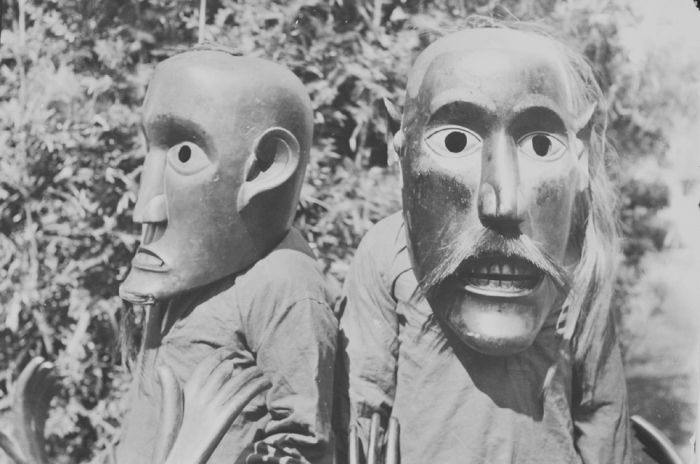 |
Batak mask dance at a funeral
feast in the Dutch East Indies, 1930s Collected from https://en.wikipedia.org/wiki/Mask |
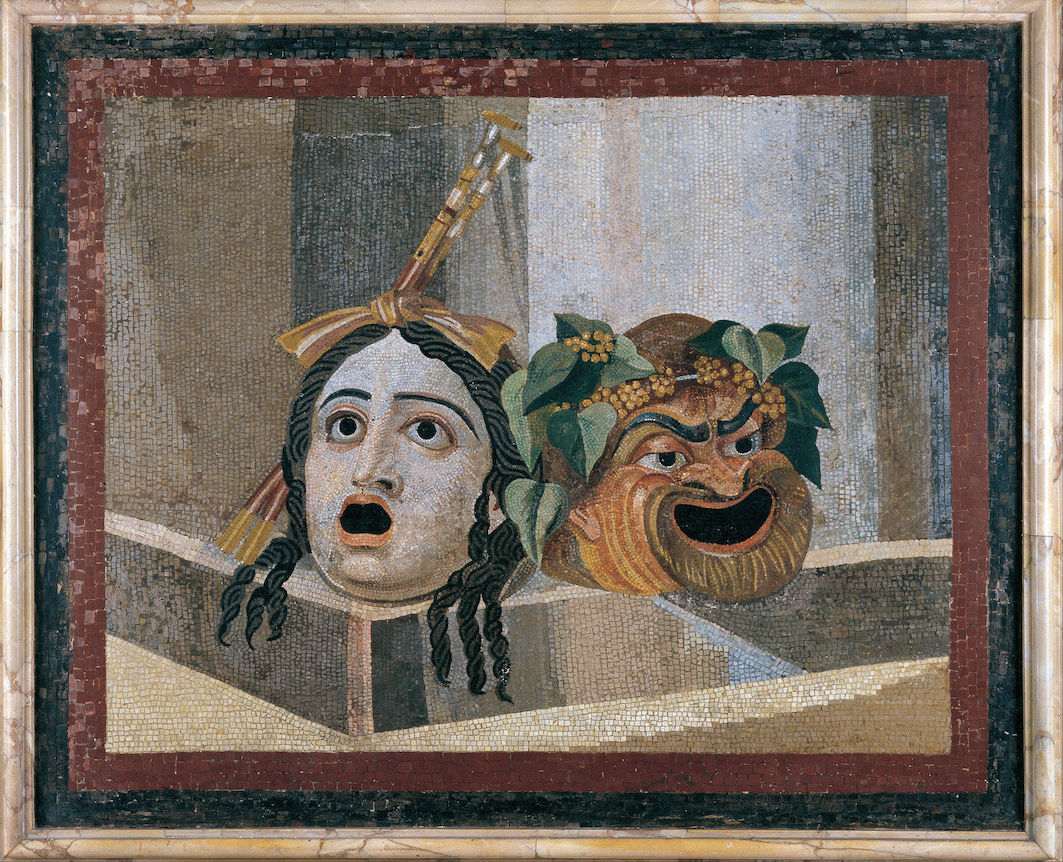 |
Theatrical masks of Tragedy and
Comedy. Mosaic, Roman mosaic, 2nd century AD Collected from https://en.wikipedia.org/wiki/Mask |
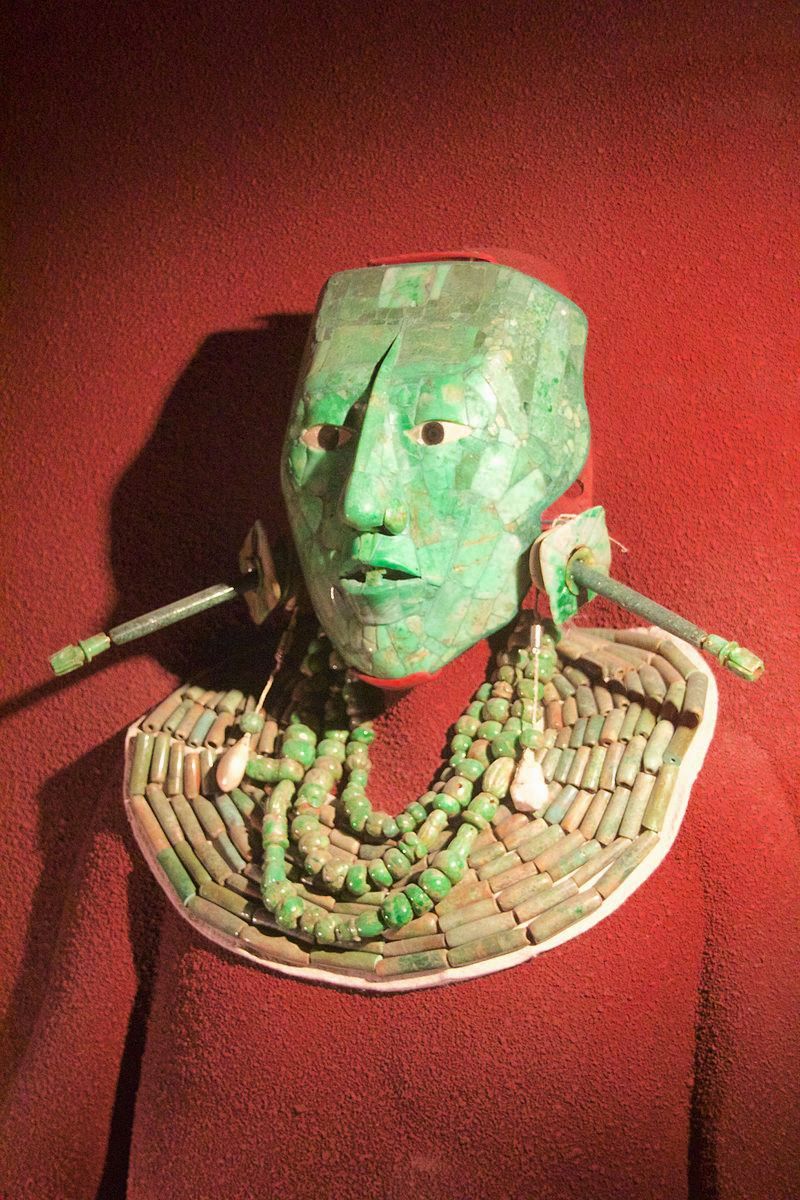 |
The funeral mask of K'inich
Janaab' Pakal at the National Museum of Anthropology (Mexico) Collected from https://en.wikipedia.org/wiki/Mask |
 |
The
so-called 'Mask of Agamemnon', a 16th-century BC mask discovered by
Heinrich Schliemann in 1876 at Mycenae, Greece. National Archaeological
Museum, Athens. Collected from https://en.wikipedia.org/wiki/Mask |
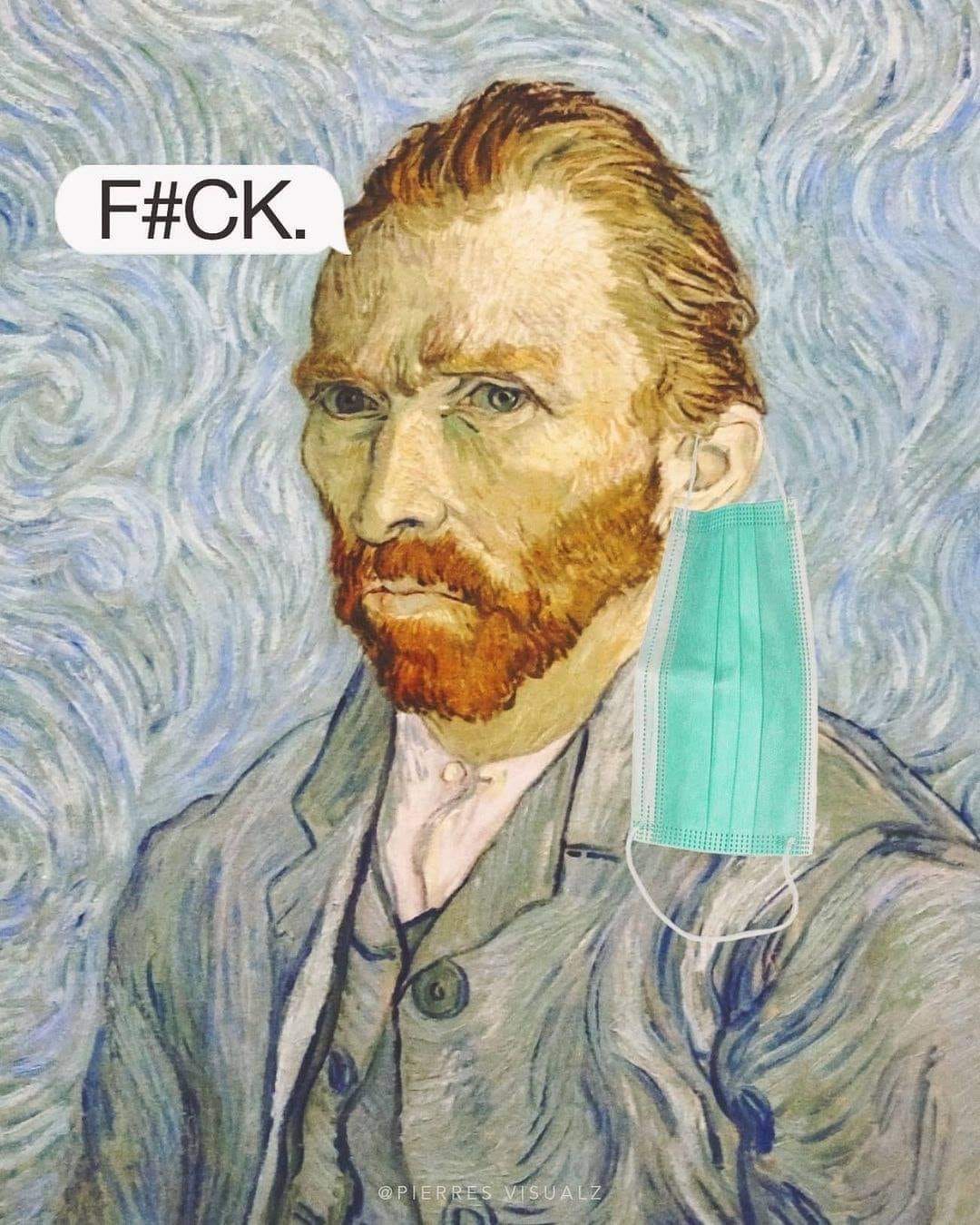 |
HAMLET; And therefore as a
stranger give it welcome. There are more things in heaven and earth,
Horatio, Than are dreamt of in your philosophy. But come. - William
Shakespeare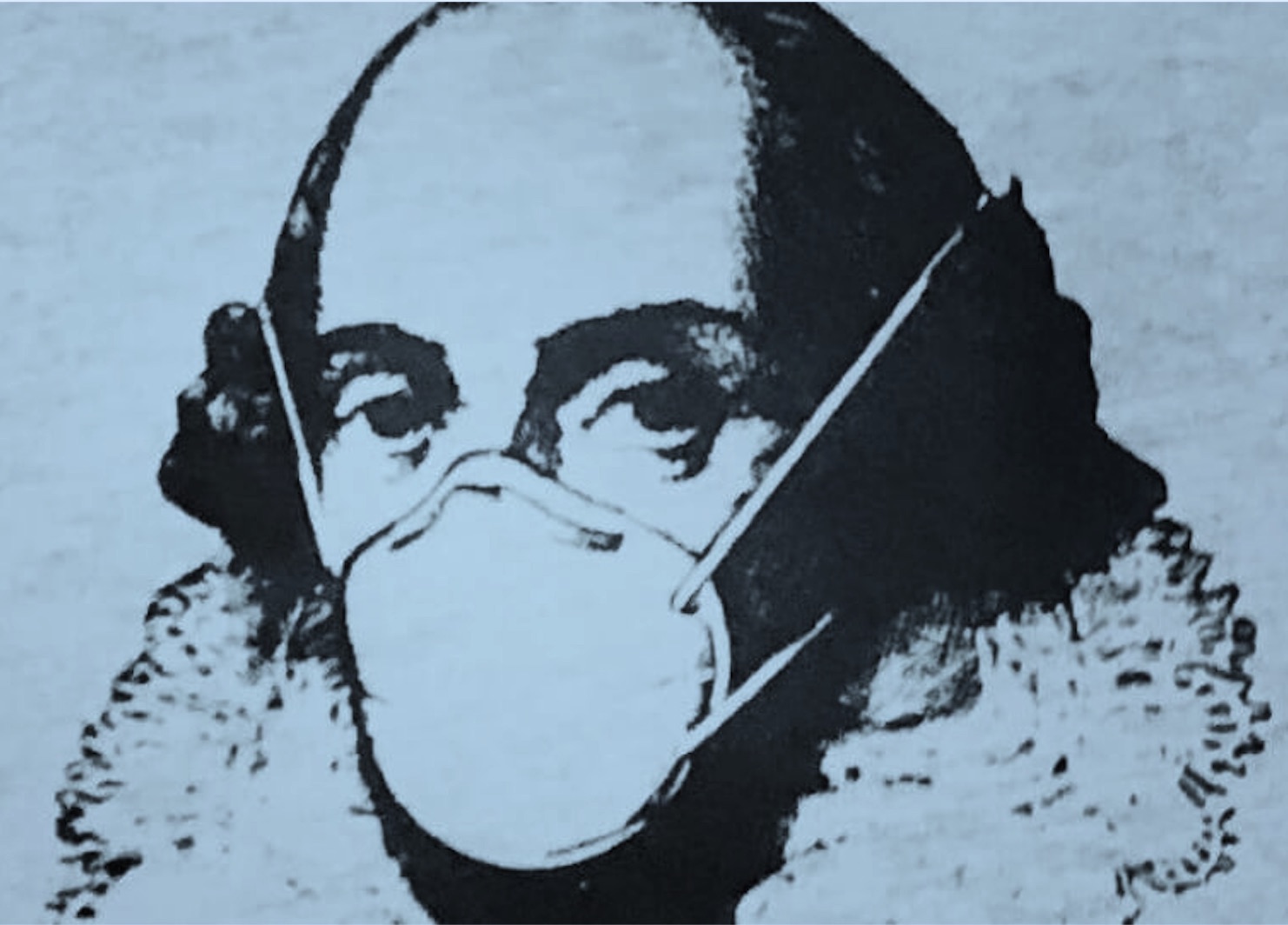 |
|
|
◎ Masked Rider Kamen Rider (仮面ライダー, Kamen Raidā, Masked Rider) is a tokusatsu superhero television series and weekly science fiction manga created by manga artist Shotaro Ishinomori. The series takes place in a world plagued by Shocker, a mysterious worldwide terrorist organization formed by remaining members of the Nazis. To further its plans for world domination, Shocker recruited its agents through kidnapping, turning their victims into mutant cyborgs and, ultimately, brainwashing them. However, one victim named Takeshi Hongo escaped just before the final brainwashing. With his sanity and moral conscience intact, Takeshi battled Shocker's minions as the grasshopper-themed cyborg (改造人間, kaizō ningen) superhero Kamen Rider. Another victim of the cyborg process, freelance photographer Hayato Ichimonji, became Kamen Rider Two after Kamen Rider, who eventually renamed himself as "Kamen Rider One", saved him from Shocker's brainwashing. Assisted by motorcycle race team manager Tobei Tachibana and FBI agent Kazuya Taki, the Kamen Riders fought in both solo and partnered missions against Shocker and its replacement organization, Gelshocker.- Kamen Rider (1971 TV series). Masked Rider W.
- The series' main writer is Riku Sanjo and the main director is Ryuta
Tasaki. The theme song titled "W-B-X ~W-Boiled Extreme~" is performed
by Aya Kamiki with former JUDY AND MARY guitarist TAKUYA as the unit
"Aya Kamiki w TAKUYA" (上木彩矢 w TAKUYA, Kamiki Aya wizu TAKUYA).[7][8][9]
The creature designer is Katsuya Terada, previously the character
designer for Blood: The Last Vampire, the designer of Monster X for
Godzilla: Final Wars, the designer of Cutie Honey's costume for Cutie
Honey, and the mechanic and character design refinement for Yatterman. |
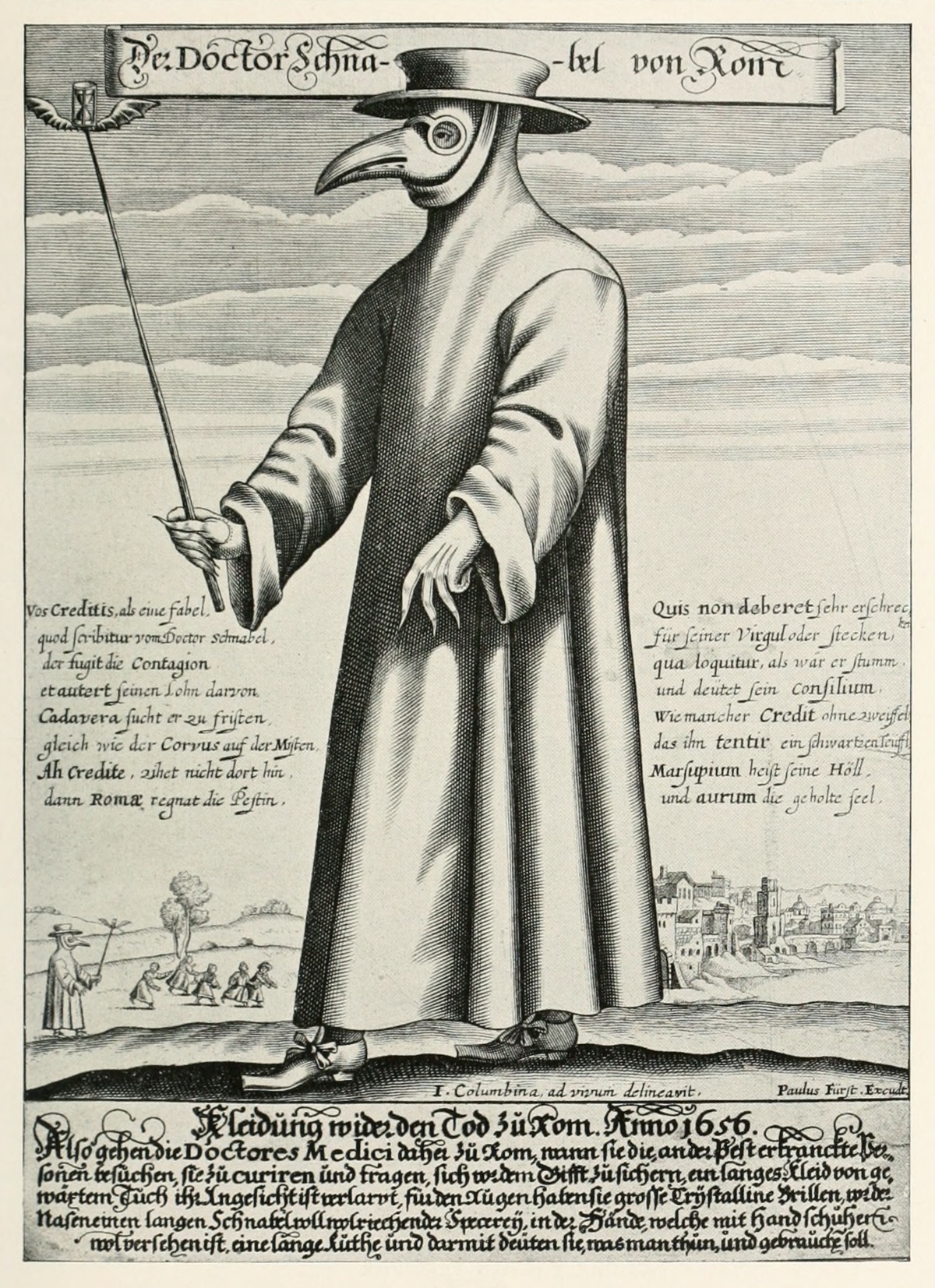 |
Plague
doctor costume The clothing worn by plague doctors was intended to protect them from airborne diseases. The costume, used in France and Italy in the 17th century, consisted of an ankle length overcoat and a bird-like beak mask, often filled with sweet or strong smelling substances (commonly lavender), along with gloves, boots, a wide-brimmed hat, and an outer over-clothing garment.[Glaser, Gabrielle, The Nose: A Profile of Sex, Beauty, and Survival, Simon & Schuster, 2003,Pp.34-35] Paul Fürst, engraving, c. 1721, of a plague doctor of Marseilles (introduced as 'Dr Beaky of Rome'). His nose-case is filled with herbal material to keep off the plague.[Füssli's image is reproduced and discussed in Robert Fletcher, A tragedy of the Great Plague of Milan in 1630 (Baltimore: The Lord Baltimore Press, 1898), p. 16–17.] |
 |
Drawing
of a Kwakiutl mask from Boas's The Social Organization and the Secret
Societies of the Kwakiutl Indians (1897). Wooden skulls hang from below
the mask, which represents one of the cannibal bird helpers of
Bakbakwalinooksiwey.Drawing of a Kwakiutl mask from Boas's The Social
Organization and the Secret Societies of the Kwakiutl Indians (1897).
Wooden skulls hang from below the mask, which represents one of the
cannibal bird helpers of Bakbakwalinooksiwey. "Fig. 128 HEAD MASK OF
NĀ'NAQAUALIL, REPRESENTING THE HŌ'XHOKw". According to Kate Duncan,
"With its cedar bark ruff and carved wooden skulls hanging below, the
mask represents one of the cannibal bird helpers of
Bakbakwalinooksiwey..." https://en.wikipedia.org/wiki/Franz_Boas. |
★
◎ XXXX
リンク
文献
その他の情報
Copyleft, CC, Mitzub'ixi Quq Chi'j, 1996-2099
